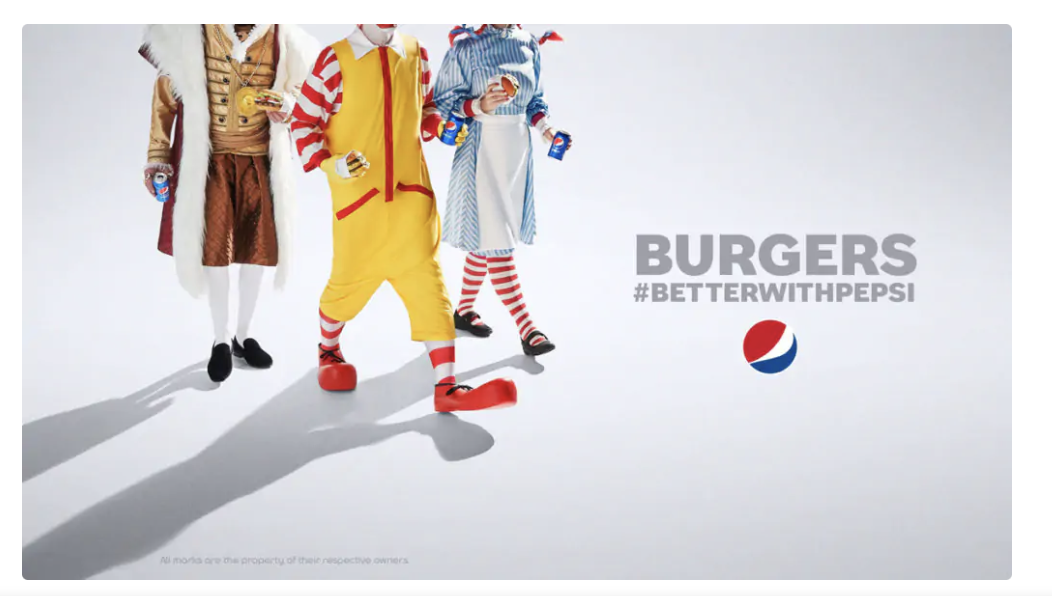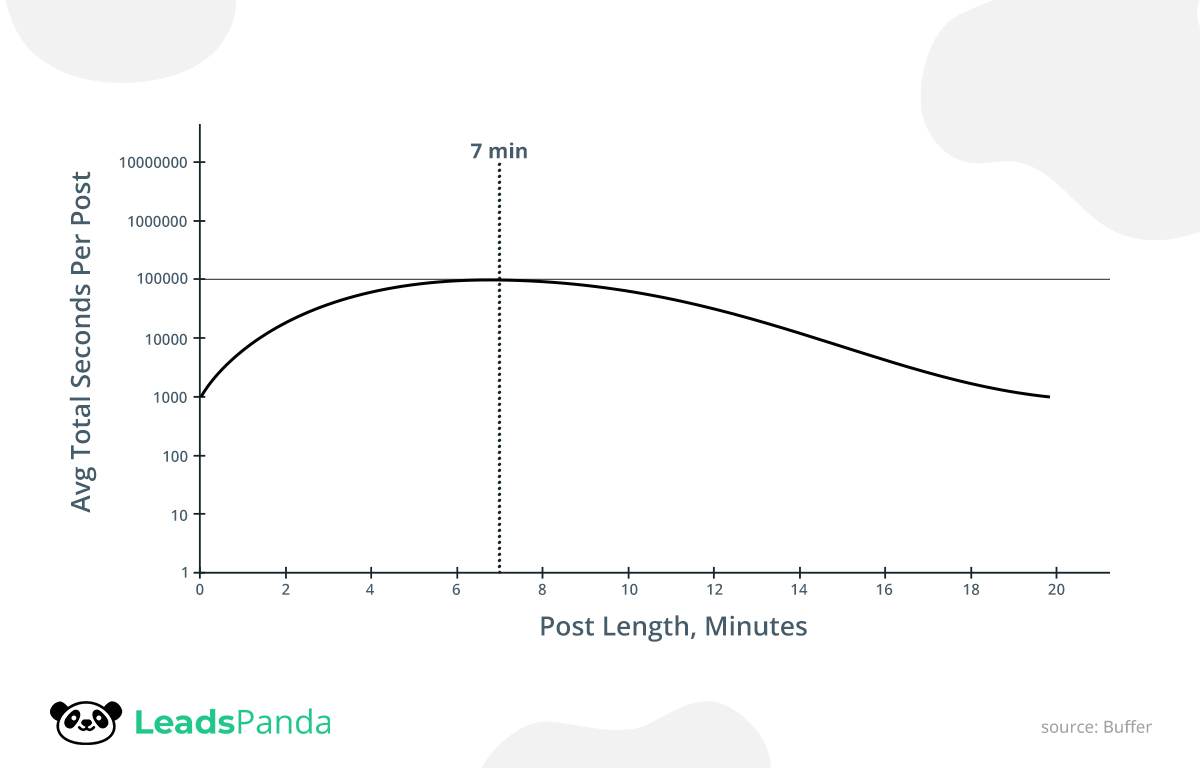The Beginner’s Guide to Online Copywriting
Have you noticed how brands and businesses are able to communicate with such wit online? How they create copy that’s crisp and to the point, but still perfectly aligned with brand objectives?
Today, brands create content that captures the attention and engages audiences in the most unique and interesting way—and often, they’re able to do it in just three or four words.

Take the example above. The image and the copy work well together and are relevant to a simple, memorable, three-word hashtag. This was an attention-grabbing, head-turning campaign that was clever and to the point. It demonstrates that the right chemistry between image, copy, and strategy can work wonders for your brand.
This is precisely why we think writing is one of the most underrated skills in marketing. And while everyone tends to think it’s easy, it requires skill, finesse, instinct, and a full understanding of marketing strategies to be truly effective.
That said, it’s always best to start with the basics—especially if you’re a beginner.
Here are a few online copywriting guidelines to consider if you’re just starting out.
1. Learn Your Basic Formulas
What you write as a copywriter can be published everywhere, from social media posts to display ads—depending on what campaigns are using it. That said, what works for one platform doesn’t necessarily work for them all. Copywriting is a precise art that has creative and strategic nuances. Different platforms mean adjusting tone, voice, length, and strategy. For instance, Medium did some research and decided that it wasn’t just word count that mattered, but how long a blog post would take to read.

Developing and refining this sense when copywriting means mastering the basics, including these copywriting formulas that even pros use when they craft compelling copy:
PAS (Problem – Agitate – Solution)
The PAS framework works by first presenting a problem, bringing the challenge into more focus through emotional language, and then ending with a clear solution.
FAB (Features – Advantages – Benefit)
Another common copywriting formula is FAB, which involves describing the features of your offer or service, articulating how this helps solve the audience’s pain points, and showing what the solution would mean for them.
AIDA (Attention – Interest – Desire – Action)
This is a standard copywriting formula used in marketing that starts by trying to capture the attention of the audience. Next, you go into detail about what makes your offer interesting and unique. You then provide more information to highlight why they should want more, and end by asking them to take action and buy your product.
4Cs (Clear, Concise, Compelling, and Credible)
The 4Cs are straightforward copywriting guidelines that remind writers to write with clarity and credibility. The style is brief and short, but believable and trustworthy. It must be clear that you have what it takes to come through on what you’re claiming on your copy.
Platforms and audiences are also important to consider. Strategies, writing styles, and formats will vary depending on who you’re talking to. For instance, a TikTok video has a different style and viewership than a LinkedIn post.
These factors work together to determine how you can best appeal to your target audience.
2. Pay Close Attention to Grammar
There are many tools available today that will help you produce error-free content. Remember, publishing anything with spelling or grammar mistakes will reflect very poorly on your brand and may have a lasting negative effect—one that could have easily been prevented if you took two minutes to run your text through spellcheck or Grammarly. In fact, even the writers on our team have to send their work to two editors before we decide to publish anything.
Ignore the urge to rush through the writing and editing process and take the time to run your content through editing software. No matter how clean you think your copy is, there might still be some tiny mistakes you’re missing.
3. Be Careful With Your Choice of Words
As much as you want to assert that you’re an expert in your industry and that you know what you’re talking about, do not pepper your content with industry-specific terms (jargon) that only people within your industry will understand. When you’re writing, it’s best to make sure that anyone outside of your specific field can still understand your copy.
You should also avoid slang and acronyms. When they’re necessary, just be sure that you use them within the right context and explain what they mean.
4. Have A Clear Call-to-Action (CTA)
Articulating the strengths of your brand, explaining your products and services, and showing how they can help address audience pain points is just half the battle. Your audience also has to know what to do now. What is the goal of your copy?
Don’t leave your audience room to second guess. Be clear about what you want them to do next. Links and buttons should stand out and be clearly labeled.
5. SEO Friendly
When you’re writing web copy, your content has to be searchable. That means using effective, well-researched keywords that will help your pages rank higher in search engine results.
There are a lot of factors to consider as a copywriter for online content. Beyond just working keywords and phrases into your content, you should also be conscious of achieving this in a relevant and seamless way. Don’t force keywords into the text where they will affect the quality and structure of your copy. Instead, find natural ways to use specific, meaningful terms that will help Google algorithms understand what your article is about.
If you want to learn more, reach out to us. Book a consultation to get started with LeadsPanda and find out how we can help you.
For any questions, leave a comment below or check out our LinkedIn or Twitter.
Share This Story
Get the latest growth ideas, strategies, and best practices delivered to your inbox.
Quick read that helps 7000+ subscribers.








